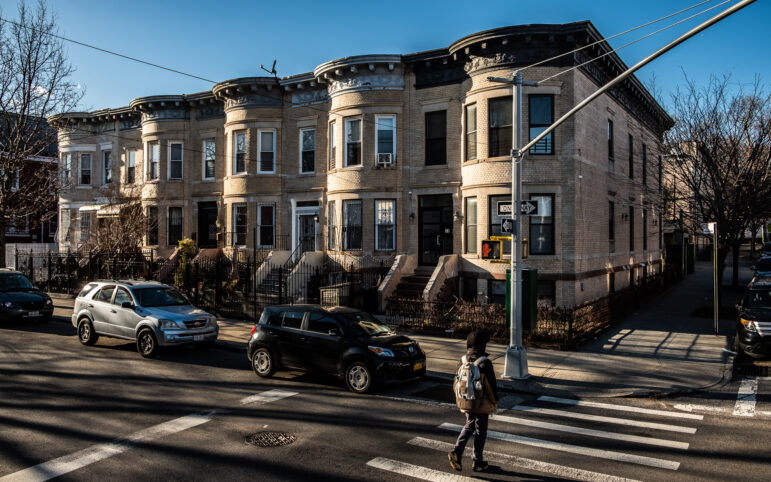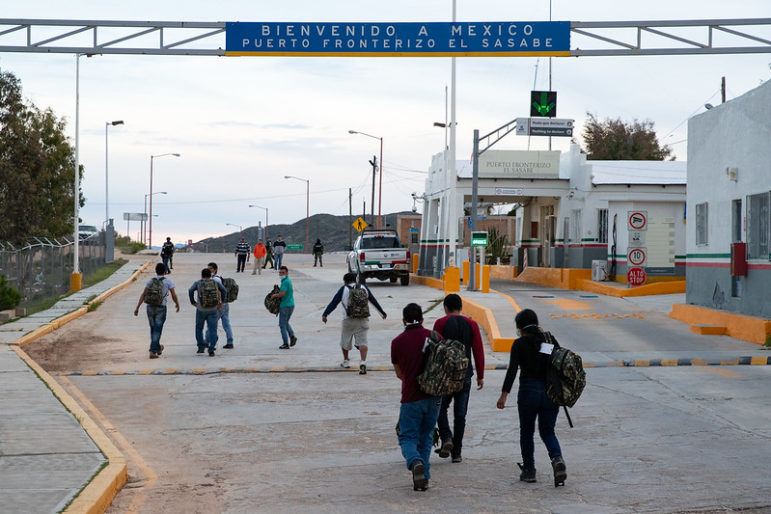
Michael Appleton/Mayoral Photography
Mayor Bill de Blasio announces New York City's Green New Deal at Hunter's Point South Park on Monday, April 22, 2019.
Mayor de Blasio’s announcement of a Green New Deal on Earth Day included brand new commitments by the city to achieving carbon neutrality by 2050, 100 clean electricity and a totally hydropowered city government. But while de Blasio has followed Governor Cuomo in offering a variation on the national Green New Deal advanced by progressive members of Congress last year, the mayor’s not a newcomer to unveiling big environmental plans. While not known as a sustainability advocate before becoming mayor—and, to many environmentalists’ annoyance, still a regular SUV rider as chief executive—de Blasio quickly turned from Mike Bloomberg’s PlaNYC to OneNYC, which linked ecological sustainability with social equality.
Since then, there’s been action on several fronts, though some of it took years to solidify. A plastic ban fee was rejected by the state, but a ban eventually emerged. Curbside composting started but hit some bumps. Going green sounds easy but, in reality, it’s fairly complicated.
On Wednesday’s Max & Murphy Show on WBAI, the mayor’s chief climate czar, Daniel Zarrilli, discussed some of the points of concern that have emerged about the mayor’s latest plan—and some of the elements that have received little attention.
One concern critics have raised is that hydropower is not environmentally costless. Wilderness areas are sometimes flooded when rivers are dammed, and hydropower infrastructure can hurt aquatic species. So, some have wondered how green the “new deal” can be if it uses water power.
“Within existing infrastructure in Canada there’s excess capacity,” Zarrilli says. “So we’re not talking about building new dams, but tapping into unused and excess capacity. It is very much a clean form of electricity we can tap into. What we’re proposing is powering New York City government on that electricity within the next five years.”
He added: “Some of the criticism we’ve heard talks about it as an ‘either/or,’ like we could do hydro or we could offshore wind and local investments. But the reality is we need to do both. We need to do both offshore wind and we need to do more. We’re taking advantage of an opportunity that’s in front of us and we’re going to need to keep finding more of those as well to make sure we can get the entire city on clean electricity.”
Even if the city goes really green really fast, and even if the rest of the country follows suit, some level of climate change is still likely to occur. Since resiliency is also an element of the Green New Deal, I asked if the city was ready for those impacts. “Nobody across the globe is fully ready,” Zarrilli said. “While we’ve put ourselves in better position since Hurricane Sandy [with] the code we’ve upgraded, there is still so much more to do.”
Hear our full conversation below, or listen to the full show, which includes an interview with Kimberly Ong, senior attorney, Natural Resources Defense Council, about the Williams Pipeline.
Daniel Zarrilli, OneNYC Director and Chief Climate Change Adviser to the mayor
Max & Murphy: Full Show of May 22, 2019








